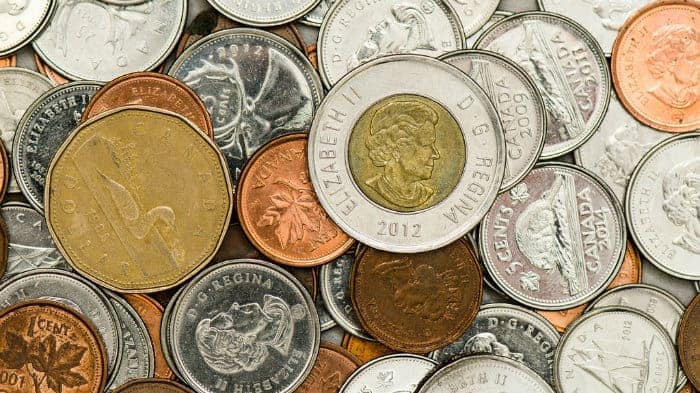Generally, it’s safer to invest in dividend stocks, which yield 3-5% and have growth potential. When I talk about stocks with super-high yields, I’m referring to the ones that yield 8% or higher.
Before you get mesmerized by their yields, it’s best to take a step back and assess the situation. There are some questions you can ask yourself for each high-yield company you’re interested in investing in.
I’ll use Cominar Real Estate Investment Trust (TSX:CUF.UN) and Dream Global REIT (TSX:DRG.UN), two high-yield real estate investment trusts (REITs), as examples.
Does the company tend to pay a high yield?
Reviewing a company’s history can give a hint as to whether it tends to pay a high yield or not.
At $14 per unit, Cominar yields 10.5%. It has yielded more than 10% three times in the past 15 years or so. In the last three years, it has yielded at least 7%.
At $9.20 per unit, Dream Global REIT yields 8.7%. There’s little history to go by for this REIT because it only has about five years of trading history. In that period, it has yielded more than 9% two times and typically yielded above 8%.
How has the company treated its dividend in the past?
Cominar REIT has maintained its distribution per unit since 1998 and has occasionally raised it. Dream Global has maintained its distribution per unit since 2011.
How did management act in the face of adversity?
In the last two recessions, Cominar REIT managed to hike its distribution per unit. This shows management’s commitment to its distribution. Unfortunately, we have little to go by for Dream Global REIT as it hasn’t experienced a recession yet.

What’s the payout ratio?
The higher the payout ratio, the more in danger a dividend is, given all else is equal. Cominar REIT’s funds from operations (FFO) payout ratio is expected to be about 91% this year. Dream Global’s payout ratio is expected to be about 100% this year. So, based on their FFO payout ratios only, Cominar REIT’s distribution looks a bit safer.
However, let’s not forget that both companies offer a distribution-reinvestment plan that allows unitholders to reinvest their distributions at a discount instead of receiving them as cash.
The recent plan participation for Cominar REIT was 19%, and for Dream Global it was 13%. These place some cushion around their payout ratios. However, it could dilute current unitholders–a discussion for another time.
Is the company growing its earnings?
If a company is growing its earnings, that adds another cushion for its dividend because growing earnings will lower the payout ratio over time. If, on a per-unit basis, earnings aren’t growing, it means the payout ratio is. This will make its dividend less safe.
Cominar REIT’s FFO per unit is expected to fall lower in 2017, while Dream Global’s is expected to rise. So, while the former’s payout ratio is expected to rise, the latter’s is expected to decline. In this aspect, Dream Global wins.
Is the company burdened with debt?
When debt comes due, companies must pay it. As well, before maturity, companies must pay interest on the debt. Dividends which haven’t been declared yet aren’t liabilities. So, a company can declare a dividend to be paid for December and choose to eliminate its dividend altogether in January.
In other words, a company which has heavier debt levels will need to leave a larger percentage of capital to pay interests and maturing debt. And it’d have less capital left for dividends.
Cominar REIT has a debt/cap of 52%. Dream Global REIT has a debt/cap of 43%. Dream Global wins again in this aspect.
Conclusion
No dividend is safe on first glance. Dividend safety should be assessed on a case-by-case basis. However, typically, companies which pay yields north of 8% are more susceptible to dividend cuts. So, those should be examined more carefully, and you can start by asking the above questions.








